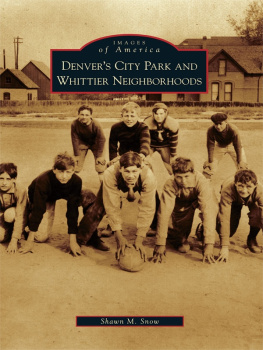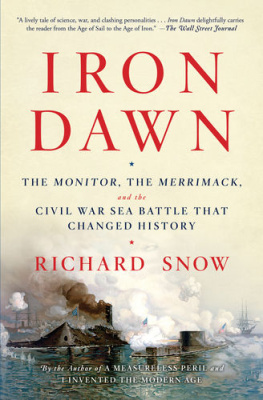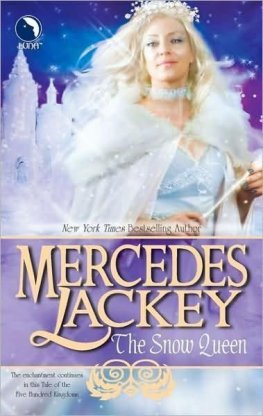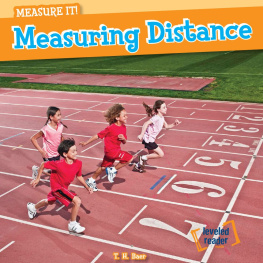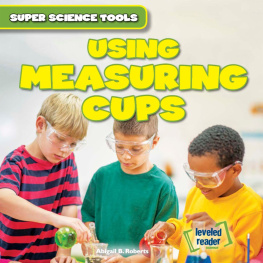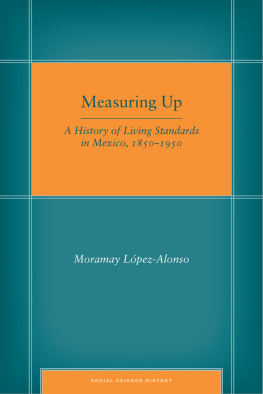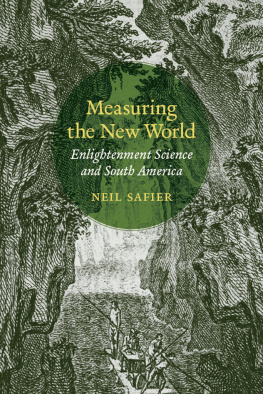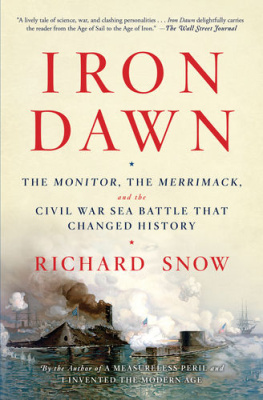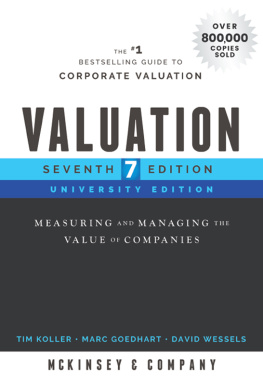About the author: Since 2005, Blake Snow has written and published thousands of featured articles for half of the top 20 US media, including CNN , USA Today , National Geographic , Wired , and many other fancy publications and Fortune 500 companies. His first book, Log Off (logoffbook.com), was a bestseller. He lives in Provo, Utah, with his supportive family and loyal dog. Learn more at blakesnow.com.
Copyright 2020 by Blake Snow / National Instruments
Cover design by Boglarka Molnar
Photos courtesy National Instruments
All rights reserved. This book, or parts thereof, may not be reproduced in any form without permission.
Measuring History: How One Unsung Company Quietly Changed the World /
by Blake SnowFirst Edition
ISBN: 9798668505821
Printed in the United States of America
For anyone whos engineered something that most of us take for granted
Contents
| The Inventors Hall of Fame
| Starting in a Garage
| Boom Town
| Getting the Instruments in Place
| The First Personal Computer Wasnt a Phone
| A New Way of Seeing the World
| Why Measurement Matters
| Going Global
| Wonderful Things
| Mainstream Success
| They Only Work Together
| The Ship Comes In
| Leaving a Legacy
| Measuring Success
| Finding the Future
________
Photos : A look at the past
Special Thanks : People who made this book possible
CHAPTER ONE
_______
The Inventors Hall of Fame
On a cool, rainy day in Washington, D.C., just as the cherry blossoms were finishing their bloom, Jeff Kodosky and James Truchard were about to be inducted into the National Inventors Hall of Fame. They had flown in for the ceremony from Austin the night before. Although neither of them had ever sought the national spotlight, let alone fame, their 40-year partnership had yielded a creation the Hall deemed worthy of recognition. With the honor, the duo would join a group of some 600 previous American inventorspeople such as Thomas Edison (the lightbulb), Alexander Graham Bell (the telephone), Eli Whitney (the cotton gin), William Coolidge (the x-ray), Charles Goodyear (the vulcanized rubber tire), and the Wright Brothers (the airplane).
Along with select family and a few of their closest colleagues, Kodosky and Truchard donned their formal wear in preparation for the big event. A stylist was brought in to do makeup and hair. From their shared hotel in downtown D.C., someone from the group poked at a smartphone to summon some Ubers, which quickly whisked them away to the National Building Museum, where the commencement would take place.
First erected in the late 1800s and later designated by Congress as a national landmark, the museum stands an unassuming five stories tall. From the outside, the brick exterior doesnt look like much. The inside, however, is spectacular. The central feature is a spacious great hall containing a water fountain surrounded by eight freestanding Corinthian columns. At 75 feet tall and eight feet in diameter, the columns are massiveamong the largest in the world. And as fate would have it, these towering pillars were now being used to honor the latest in a long line of intellectual giants.
In addition to Kodosky and Truchard, 17 other living and posthumous inductees would be honored that night: the inventor of the digital camera, the inventor of e-ink (used for tablets such as Amazons Kindle), and the inventor of Post-it notes. On top of that, the Hall of Fame recognized the inventors of UNIX (an important operating system), the hand-held electric drill, fluoride toothpaste, and bread machines.
After a fancy reception and meet-and-greet with champagne, hors doeuvres, and an open bar, the group was seated near the front of the Oscar-like stage at two tables. Danica McKellar, the big-eyed brunette made famous for playing Winnie Cooper in The Wonder Years television show, hosted the ceremony. Not because of her acting skills, but rather her scientific credibility. In addition to having an ongoing career in Hollywood, McKellar graduated summa cum laude from UCLA with a degree in mathematics and is the author of six books on the subject, though she said she was usually regarded as too pretty for the field.
At one point in between inductions, someone at Kodoskys table asked if anyone could name the entire team of software developers hired to help him and Truchard with their original invention. Although he is known as the Father of LabVIEW, the very software innovation he was being inducted for, Kodosky is also widely respected for always giving credit to anyone and everyone who has ever helped him, even in the smallest of ways.
As the night went on and the peer accomplishments accumulated, Kodoskys humility only increased. I was very impressed by the other inventors, he said. Their creativity and stories were all inspiring. It was a distinctly different and more enjoyable experience than being with a group of business people, he added, which he was often asked to do over the years as capitalism monetized his invention to well over a hundred million in annual sales.
Finally, McKellar called Kodosky and Truchards names. After an introductory video showcasing how the two complemented one another, both walked onto the stage. Each received a shiny necklet and shared a few remarks. Kodosky spoke first and was noticeably starstruck by all of the engineering and scientific patents on display. Ive received a number of awards over the years, he modestly told me, as if the total was lower than the hundreds that it actually is. But Im most proud of being inducted into the National Inventors Hall of Fame. I view it as a validation of my careers work.
With tears in his eyes and among hundreds of people he admired and respected, this is what Kodosky said over the podium:
Thank you for this wonderful honor. I have to admit, though, when I was first contacted, I thought this was a joke. I checked with Google, and when I saw the previous recipients and their accomplishments, I was very humbled. Im particularly honored to be in this induction class with Ken Thompson and Dennis Ritchie, since I was a UNIX brat for many years until I encountered the first Apple Macintosh.
I was amazed by the graphics capability of that little machine. As I look back, I marvel at the audacity and navet in thinking I could use graphics to create programs. It was a wild idea, so I also marvel that my business partner Jim Truchard and colleague Jack MacCrisken encouraged me to pursue it. Ive never had a good idea that wasnt improved by talking it over with others, and Jim and Jack proved to be ideal collaborators.
We fleshed out the idea, and then it was time to see if we could actually make it work. I formed a team of mostly new computer science graduates, and we began to develop the code. That [1985] was a magical yearall of us developers crammed in a tiny room, implementing a brand new graphical language, and surviving on popcorn and Double Stuff Oreos.
I want to thank all my colleagues at National Instruments as well as all our loyal, patient, and enthusiastic customers who contributed to our success. And, of course, I have to thank my wife of 48 years, Gail, whose love and support made my work possible. Thank you.
Truchard spoke next. As the visionary and CEO of the company that fostered, funded, incubated, marketed, and globalized LabVIEW, he was instrumental in both its birth and adoption. Truchard, who goes by Jim but was colloquially known as Dr. T for most of his tenure, smiled and graciously accepted the award. He also added a subtle joke about not being able to afford a capacitor as a kid while attempting his first invention, this after a previous inductee mentioned that his father had bought him one.





